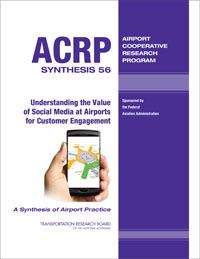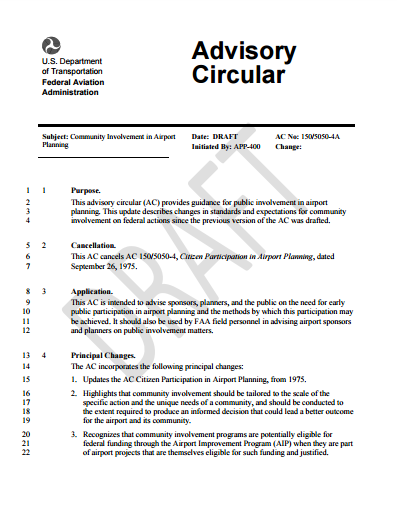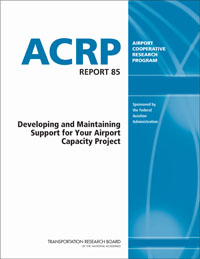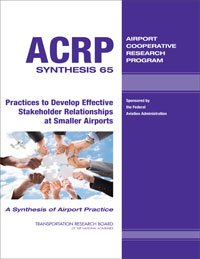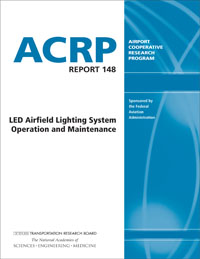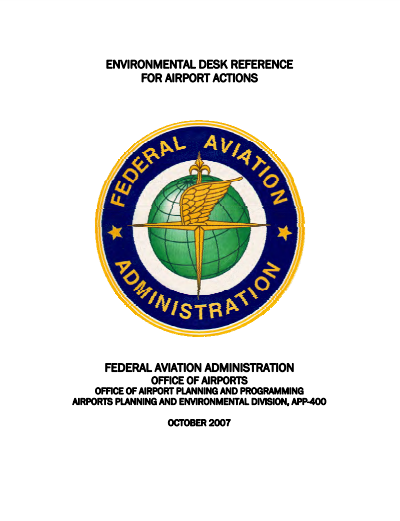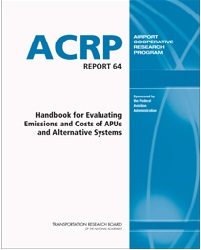ACRP Report 64: Handbook for Evaluating Emissions and Costs of APUs and Alternative Systems
Abstract
As airports have strategized to improve local air quality, auxiliary power units (APUs) have increasingly served as a well known source for reducing airport-related emissions. APUs provide beneficial power, heating, and air conditioning to the aircraft cabin, but because of their fuel use, can result in considerable emissions. As a replacement for APU usage at gate areas, various alternative ground-based systems have been developed to help reduce emissions. These alternative systems include mobile units, bridge or ramp-based units, and centrally located systems. Each alternative has different operating and capital costs as well as different energy usage and emissions. Since each airport is different, there is no single solution that works for all airports. Airports differ in many aspects such as local climatology, terminal and ramp infrastructures, and airline fleet mix and operations, all of which influence the choice of which alternative systems to implement. ACRP Report 64: Handbook for Evaluating Emissions and Costs of APUs and Alternative Systems can help airports evaluate different alternatives to aircraft APUs. The handbook addresses environmental impacts, costs, infrastructure and maintenance requirements, and funding options. A companion product, CRP-CD-113: Tool for Evaluating Emissions and Costs of APUs and Alternative Systems (TEECAAS) provides a user-friendly software tool that can be used to quantify emissions from APUs and alternative systems, while also providing quantitative analysis of the financial implications of implementing and operating the systems.
While the handbook provides the overall evaluation guidance including step-by-step details of the quantification process, the tool facilitates the quantification work. The handbook and software tool can be used by airports of all sizes, whether or not they have collected airport-specific data. Such specific information includes airport temperature ranges, operations by aircraft category, the amount of time aircraft spend at gates, power requirements, and various other datasets. In those cases where airport-specific data are not available, the included set of default data can be used. The resulting emissions, power requirements, and costs can be used to analyze various airport scenarios. The handbook and tool are intended to be used for planning purposes only and should not be used to replace or supersede the use of the FAA’s Aviation Environmental Design Tool (AEDT).
